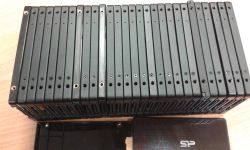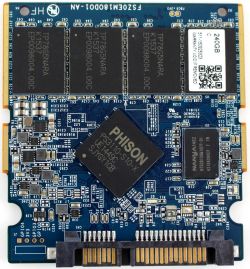The ones I have - the stickers are identical except for the s / n

. But the firmware is numbered completely differently. There are at least 3 types of housing (one plastic and two metal). Understands also different. The photo he posted
Fox is the content of one of these metal varieties.
Without breaking down into versions, they break down in about 3 ways:
- SATAFIRM S11 in BIOS and no data access
- "bad sectors" -> unstable work
- disappearing from the system after some time - even via the SATA-USB bridge
In addition, some have a reduced SMART. Some are even cheated - for example, they show that they have a constant temperature of 30 * C.
The second metal version looks like this: 
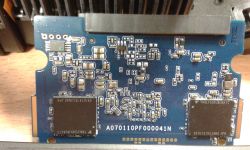
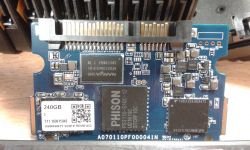 The one in plastic is different:
The one in plastic is different: 
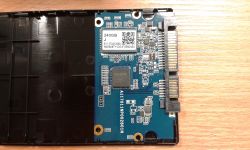
Perhaps there are others, but apparently I only have them, or they just don't break.
And what? Various controllers. Someone will surely fire some soft and surprise

.
There is really no point in saving these disks. It's junk. Pity the nerves. If something needs to be recovered - ok, they are from this company. But keep on using after a crash ??? Throw them away and you will do a good deed for yourself. Seriously.
In less than 4 years, 50 out of 200 were lost. I suspect that many more, if not all, are damaged. Some equipment is simply rarely used.
